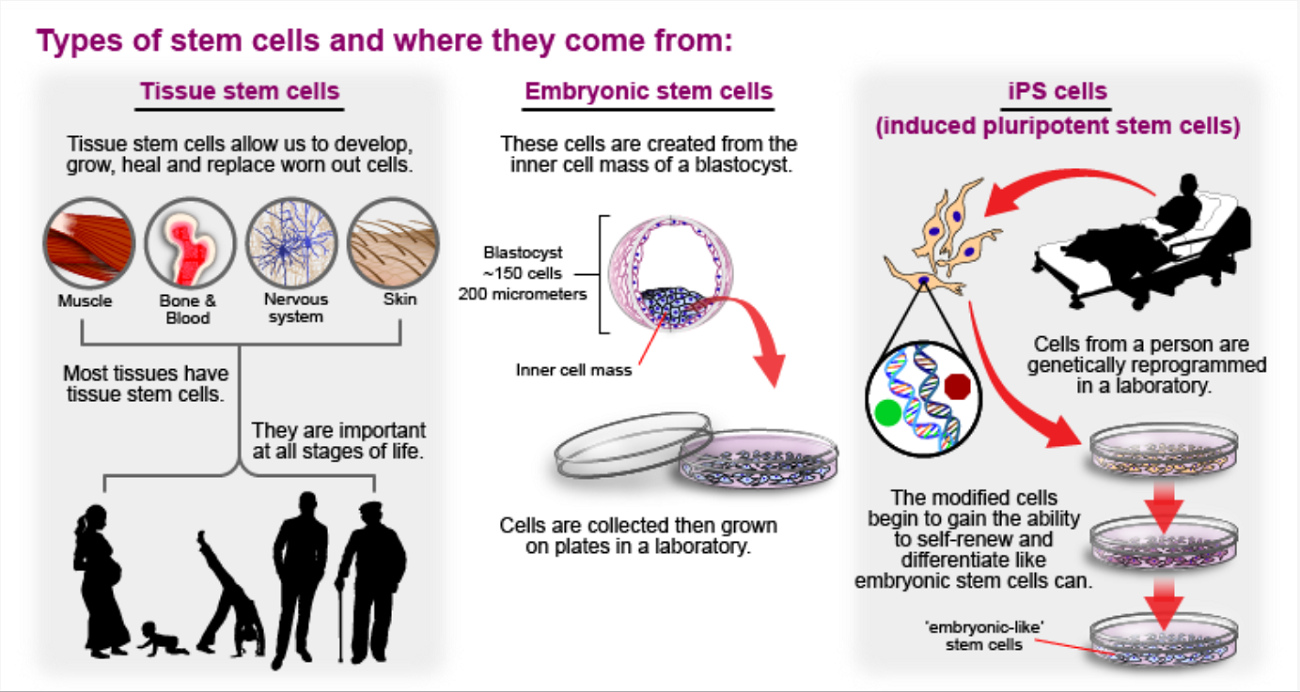Table of Contents
[/image][=video]
[/video]
There are numerous types of stem cells. As a whole, the term stem cell describes a category of cells that offer increase to various other cells (like skin, blood, heart, and muscle cells) by duplicating and distinguishing in reaction to chemical cues. Totipotent stem cells show up at the earliest stage of advancement and are the only stem cells which can produce embryonic stem cells and the placenta.
Bone marrow transplant (BMT) is an unique treatment for individuals with specific cancers cells or various other illness. A bone marrow transplant includes taking cells that are generally discovered in the bone marrow (stem cells), filtering system those cells, and providing them back either to the benefactor (client) or to another person. The goal of BMT is to transfuse healthy bone marrow cells into a person after his/her own undesirable bone marrow has been dealt with to eliminate the unusual cells.
The blood cells that make various other blood cells are called stem cells. The most primitive of the stem cells is called the pluripotent stem cell.
It is the stem cells that are needed in bone marrow transplant. The objective of a bone marrow transplant is to cure many diseases and sorts of cancer cells. When the dosages of chemotherapy or radiation required to heal a cancer are so high that a person's bone marrow stem cells will certainly be permanently damaged or damaged by the therapy, a bone marrow transplant may be required.
Menopause Therapy local to Wyandotte
This process is typically called rescue. Replace bone marrow with genetically healthy operating bone marrow to avoid even more damage from a genetic disease process (such as Hurler's disorder and adrenoleukodystrophy). The dangers and benefits need to be evaluated in a comprehensive discussion with your doctor and professionals in bone marrow transplants before the treatment.
There are different types of bone marrow transplants depending upon who the contributor is. The different kinds of BMT include the following: The contributor is the person himself or herself. Stem cells are taken from the individual either by bone marrow harvest or apheresis (a procedure of collecting peripheral blood stem cells), frozen, and then given back to the patient after extensive treatment.
The donor shares the exact same genetic type as the patient. Stem cells are taken either by bone marrow harvest or apheresis from a genetically matched donor, generally a bro or sibling. Other contributors for allogeneic bone marrow transplants might consist of the following: A haploid-identical suit is when the contributor is a parent and the hereditary suit goes to the very least half identical to the recipient.

Matching includes keying human leukocyte antigen (HLA) tissue. The antigens on the surface of these unique white blood cells determine the hereditary make-up of a person's immune system. There are at least 100 HLA antigens; however, it is believed that there are a few major antigens that figure out whether a benefactor and recipient match.
Medical research study is still examining the function all antigens play in the procedure of a bone marrow transplant. The even more antigens that match, the far better the engraftment of contributed marrow. Engraftment of the stem cells occurs when the donated cells make their means to the marrow and begin making new blood cells.
Menopause Therapy
All individuals collaborate to offer the very best opportunity for an effective transplant. The team contains the following: Doctor who concentrate on oncology, hematology, immunology, and bone marrow hair transplant. A nurse that arranges all facets of treatment given before and after the transplant. The registered nurse coordinator will certainly supply individual education, and collaborates the diagnostic testing and follow-up treatment.
Professionals that will certainly aid you satisfy your dietary demands prior to and after the transplant. They will work carefully with you and your family. Professionals that will aid you become solid and independent with activity and endurance after the transplantation. Pastors who offer spiritual care and assistance. A number of various other employee will assess you prior to hair transplant and will offer follow-up treatment as needed.

A total medical history and physical examination are carried out, consisting of numerous tests to review the individual's blood and organ features (as an example, heart, kidney, liver, and lungs). A patient will certainly frequently enter into the transplant center up to 10 days before transplant for hydration, analysis, placement of the central venous line, and various other preparations.
Blood items and medications will be provided with the catheter throughout therapy. For an allogeneic transplant, a suitable (cells keyed in and matched) benefactor needs to be available. Finding a matching contributor can be a tough and extensive procedure, particularly if a brother or sister match is not available. Volunteer marrow donors are signed up in a number of national and global registries.
Contributor resources offered include: self, brother or sister, moms and dad or family member, nonrelated person, or umbilical cable from an associated or nonrelated person. There are nationwide and global computer system registries for nonrelated individuals and cord blood. Some relative may be typed as a result of the wish to aid. These loved ones may or might not elect to have their type registered for use with other recipients.
Medical Group local to Wyandotte
Tests associated with his or her health, exposure to viruses, and genetic analysis will certainly be done to figure out the degree of the match. The contributor will be given directions on just how a bone marrow donation will certainly be made. Once a match for a client requiring a bone marrow transplant is found, after that stem cells will be gathered either by a bone marrow harvest.
Or by a peripheral blood stem cell collection. This is where stem cells are collected from the flowing cells in the blood.
Navigation
Latest Posts
Menopause Treatment in Wyandotte, Michigan
Hormone Therapy
Medical Group around Wyandotte